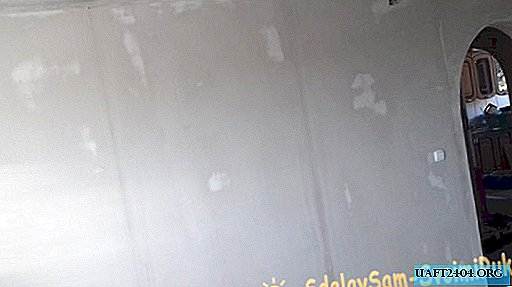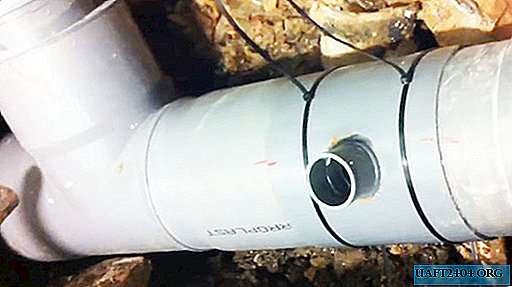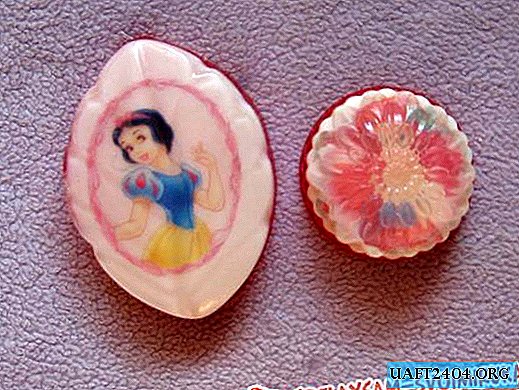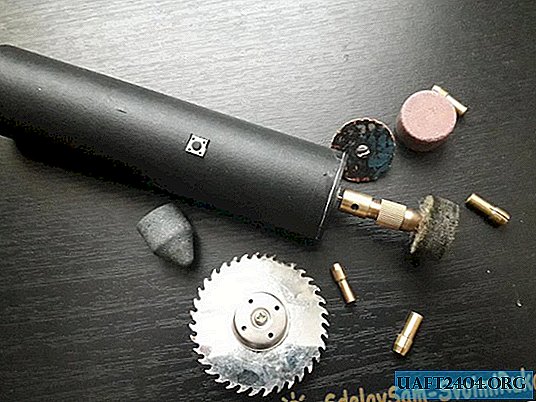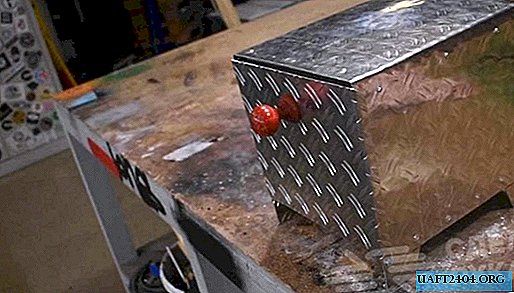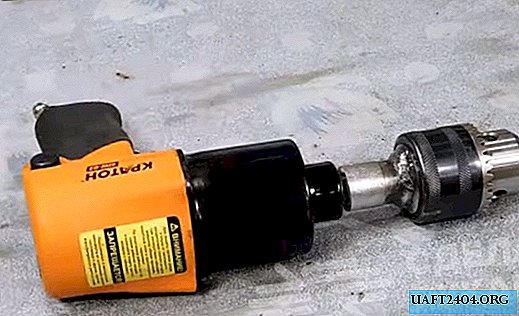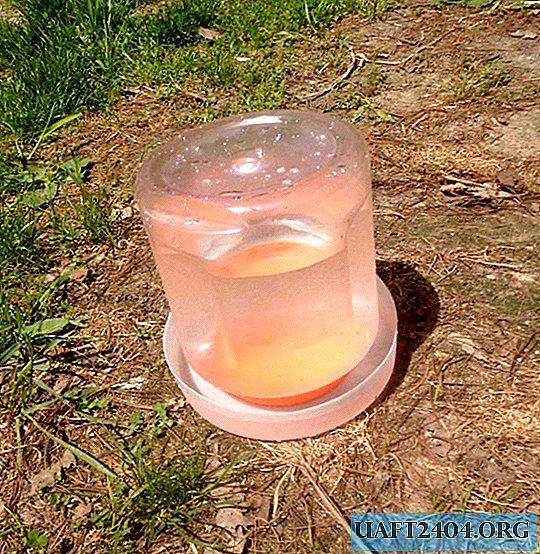Share
Pin
Tweet
Send
Share
Send
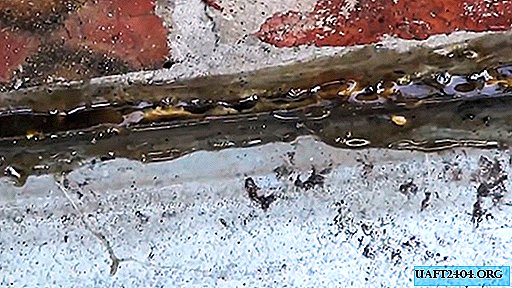
Slate, as a roofing material, has been used for a long time. It has many advantages and one drawback - during critical loads it cracks, leaks appear, it is difficult to make airtight joints at the joints of the roof. If the material is reused, holes from the nails remain. All problems can be eliminated with the help of effective, cheap and affordable homemade glue.

What is needed
To prepare the mixture, you need to have a suitable container (a cut-off five-liter bottle from under water is suitable), about 250 ml of gasoline and pieces of polystyrene foam from old packages or insulation.
Glue preparation process
Cut off the top of the plastic bottle, make an open container with a volume of about one liter.

Pour 200-250 ml of gasoline into it. The container should stand on a flat surface, should work outdoors. Strictly observe safety precautions.

Dip the pieces of polystyrene into gasoline. A chemical reaction begins immediately, the polymer dissolves. If the foam is large, then it must be cut. Constantly mix the composition, work carefully, do not allow the container to tip over.


Continue to dissolve the material until the consistency of the mass resembles oily sour cream. Keep in mind that quite a bit of plastic will be required. If you have small cracks or crevices on the roof, the glue volume can be reduced.

Joints, cracks and holes are smeared with a paint brush. It is necessary to start using glue immediately, gasoline evaporates quickly and the mass hardens. The specific hardening time depends on the thickness of the applied layer, on average it takes 40-50 minutes.



If there are a lot of problems on the roof, then it is better to make several small portions in volume, and repeat the manufacturing process as necessary.

Unspent composition is thrown out, it is unsuitable for re-mixing. After hardening, the adhesive resembles glass in appearance, but it has a slight ductility. This is very important for the roof - slate with temperature fluctuations increases / decreases in size, due to the plasticity, the composition does not crack and does not exfoliate.

Conclusion
As practice shows, the glue is not afraid of the negative effects of atmospheric factors, including hard ultraviolet radiation. It has excellent adhesion parameters with most building materials, but it is recommended that they be thoroughly cleaned of dust, dirt and moss before application.
Share
Pin
Tweet
Send
Share
Send

